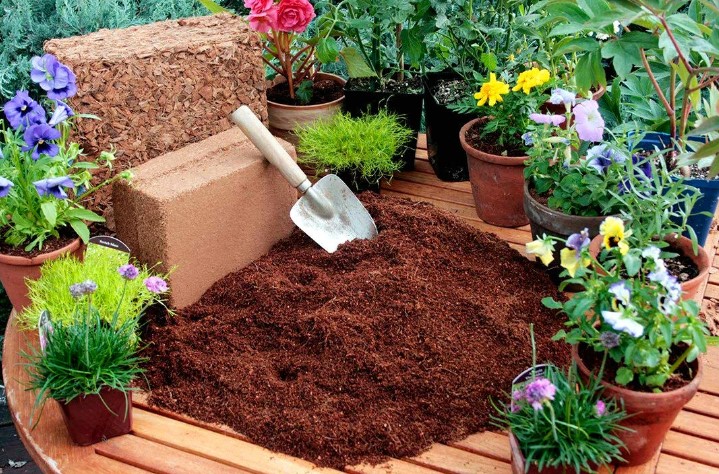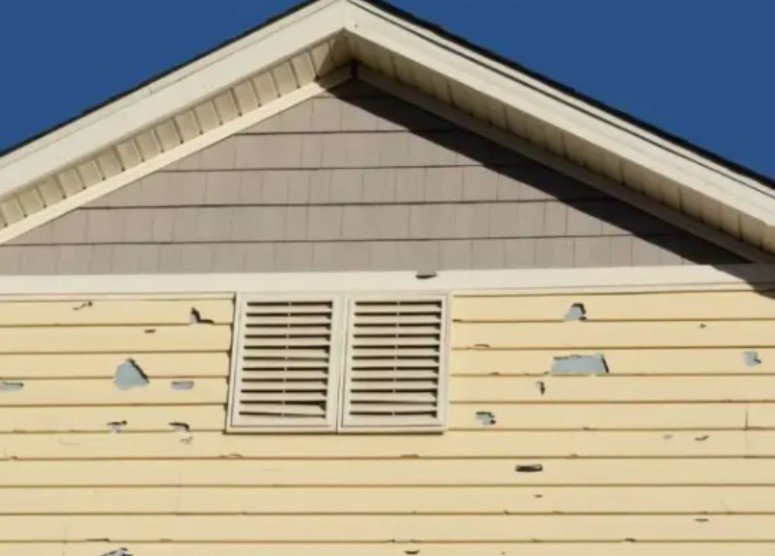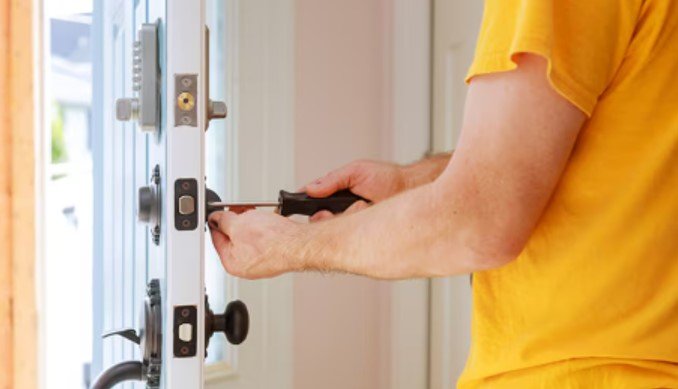The Definitive Guide to Fixing a Clogged Main Drain in Your Pool

A clogged main drain in a pool can quickly escalate from a minor inconvenience to a major headache, leading to poor circulation, water quality issues, and potential damage to pool equipment. Addressing a clogged main drain promptly and effectively is crucial to maintaining a clean, safe, and enjoyable swimming environment. In this comprehensive guide, we’ll explore the correct way to fix a clogged main drain in your pool, covering everything from diagnosis and troubleshooting to repair techniques and preventive measures.
Understanding the Main Drain:
The main drain serves as a critical component of a pool’s circulation system, responsible for drawing water from the bottom of the pool and sending it to the filtration system for cleaning and sanitization. A clogged main drain can impede water flow, leading to stagnant water, debris buildup, and decreased filtration efficiency. Common causes of main drain clogs include:
Accumulation of Debris: Leaves, twigs, insects, and other debris can accumulate over time and obstruct the main drain, preventing water from flowing freely.
Algae Growth: Algae growth in and around the main drain can restrict water flow and contribute to clogging issues, particularly in poorly maintained or poorly circulated pools.
Sediment and Mineral Deposits: Sediment, dirt, and mineral deposits can accumulate in the main drain pipe, narrowing the passageway and impeding water flow.
Structural Damage: Structural damage to the main drain cover or surrounding components can create obstructions and hinder water circulation.
Diagnosing a Clogged Main Drain:
Before attempting to fix a clogged main drain, it’s essential to diagnose the underlying cause of the problem. Start by conducting a visual inspection of the main drain area to check for signs of debris buildup, algae growth, or structural damage. Next, perform a series of tests to assess water flow and circulation, including:
Flow Test: Observe the water flow around the main drain to determine if it appears sluggish or restricted compared to other areas of the pool.
Pressure Test: Use a pressure gauge to measure the water pressure at various points in the circulation system, including the main drain line, to identify any abnormalities or blockages.
Visual Inspection: If possible, remove the main drain cover to inspect the interior of the main drain pipe for signs of obstruction, algae growth, or damage.
Manual Cleaning: Use a pool brush or vacuum to manually clean the area around the main drain and remove any visible debris or algae buildup.
Repairing a Clogged Main Drain:
Once the cause of the clog has been identified, it’s time to take corrective action to restore proper water flow and circulation. Depending on the severity of the clog and the underlying cause, the following repair techniques may be employed:
Mechanical Snaking: Using a plumbing snake or auger, carefully feed the tool into the main drain pipe to dislodge and remove obstructions such as debris, algae, or sediment buildup. Exercise caution to avoid damaging the main drain line or surrounding components.
Hydro Jetting: Hydro jetting involves using high-pressure water jets to blast away stubborn clogs, sediment, and mineral deposits from the interior walls of the main drain pipe. This technique is particularly effective for clearing out accumulated debris and restoring optimal water flow.
Chemical Treatments: Certain chemical treatments, such as enzyme-based cleaners or algaecides, can help break down organic matter, dissolve algae, and prevent future clogs. Follow manufacturer instructions and safety guidelines when using chemical treatments to avoid damage to pool equipment or adverse effects on water quality.
Replacement of Components: If the main drain cover or other components are damaged beyond repair, they may need to be replaced to restore proper function and prevent future clogs. Choose high-quality, durable replacement parts that are compatible with your pool’s circulation system.
Preventive Maintenance Measures:
To minimize the risk of future main drain clogs and maintain optimal pool performance, consider implementing the following preventive maintenance measures:
Regular Cleaning: Routinely clean the main drain cover and surrounding area to remove debris, leaves, and other organic matter that could contribute to clogging issues.
Chemical Balancing: Maintain proper water chemistry by regularly testing and balancing the pool water’s pH, alkalinity, and sanitizer levels. Balanced water chemistry helps prevent algae growth and mineral buildup that can lead to clogs.
Skimmer and Filter Maintenance: Keep skimmer baskets and pool filters clean and free of debris to ensure efficient removal of contaminants from the water before they reach the main drain.
Professional Inspections: Schedule periodic inspections by a qualified pool technician to assess the condition of the main drain, circulation system, and other pool components. Address any potential issues promptly to prevent them from escalating into major problems.
Fixing a clogged main drain in your pool requires a systematic approach that involves diagnosis, repair, and preventive maintenance. By understanding the causes of main drain clogs, conducting thorough inspections, and employing appropriate repair techniques, homeowners can restore proper water flow and circulation to their pools. Additionally, implementing preventive maintenance measures and practicing regular cleaning and chemical balancing can help minimize the risk of future clogs and ensure long-term pool performance and enjoyment. If you’re unsure about how to fix a clogged main drain or encounter challenges during the repair process, don’t hesitate to seek assistance from a professional pool technician or plumber to ensure the job is done safely and effectively.
This post was written by a professional at Mr. Pool Leak Repair. Welcome to Mr. Pool Leak Repair – Your Trusted Pool and Spa Solution in Dallas, Plano, and McKinney, TX! At Mr. Pool Leak Repair, we are your go-to experts for all your pool and spa needs. We proudly serve the Dallas, Plano, and McKinney areas. We specialize in a wide range of services including:
- Pool and Spa Leak Detection
- Dye Testing
- Decorative Concrete
- Pool Light Repair
- Dive Pools
- and Pool Crack Repair in the Dallas TX area!
We will ensure that your pool and spa remain in perfect condition, providing you with years of enjoyment and relaxation. Click here to learn more!







